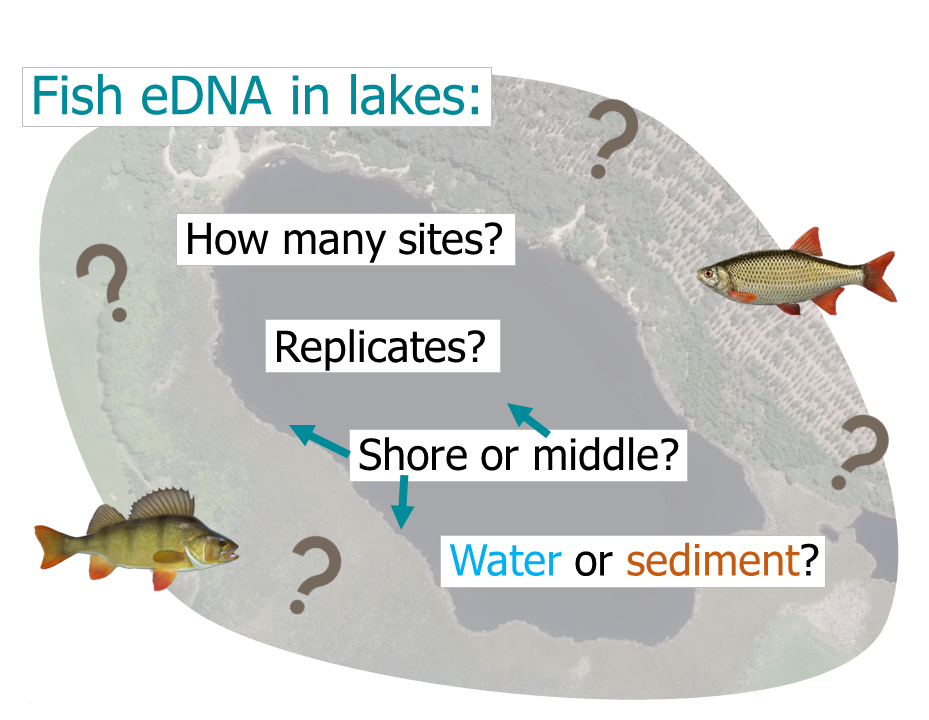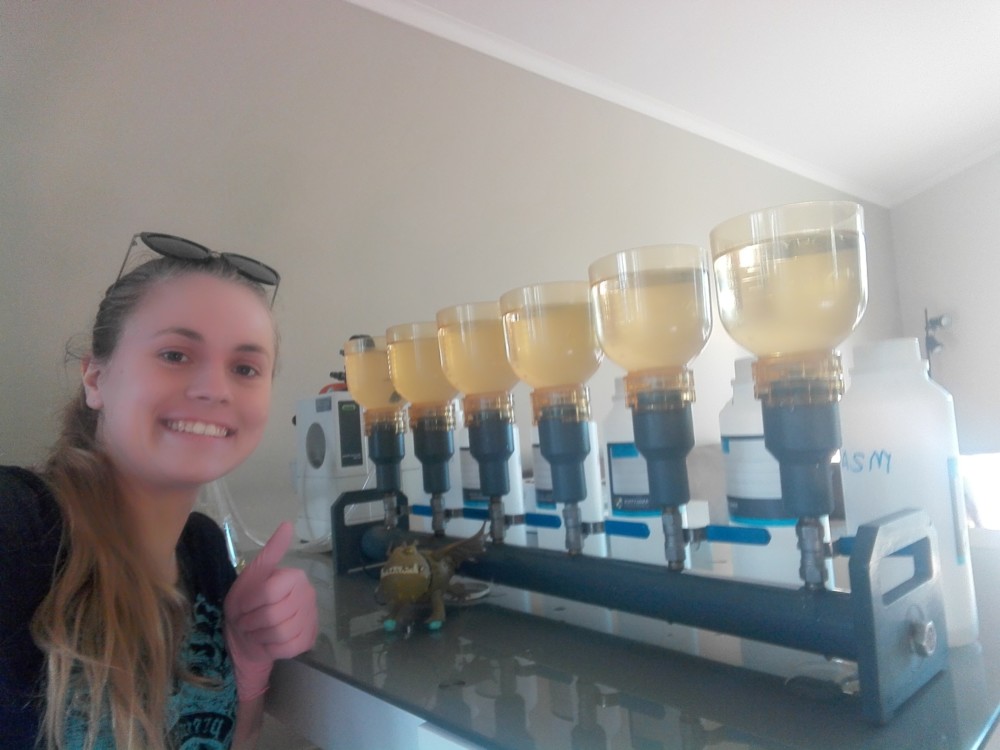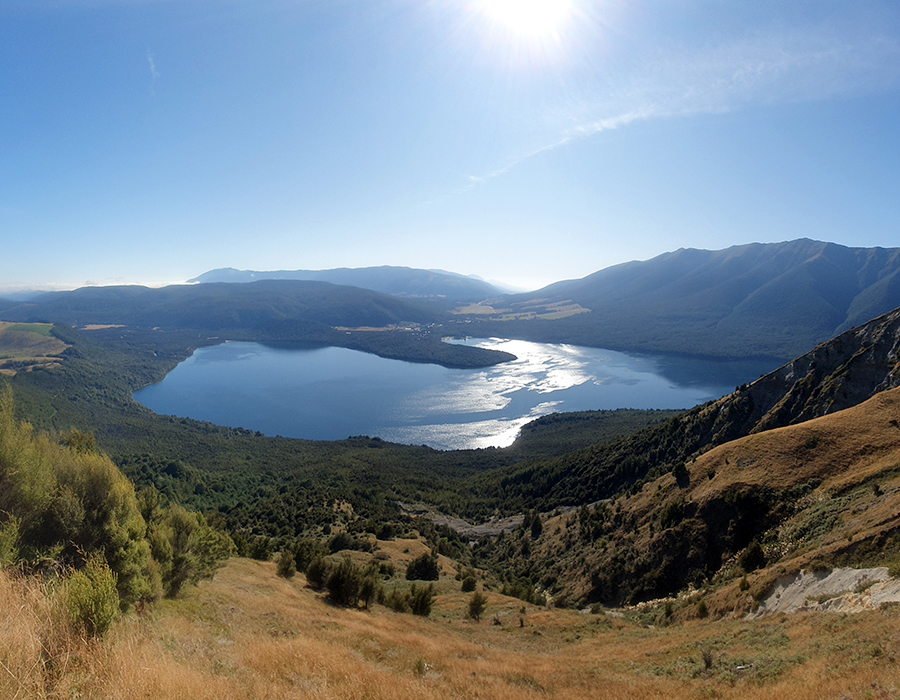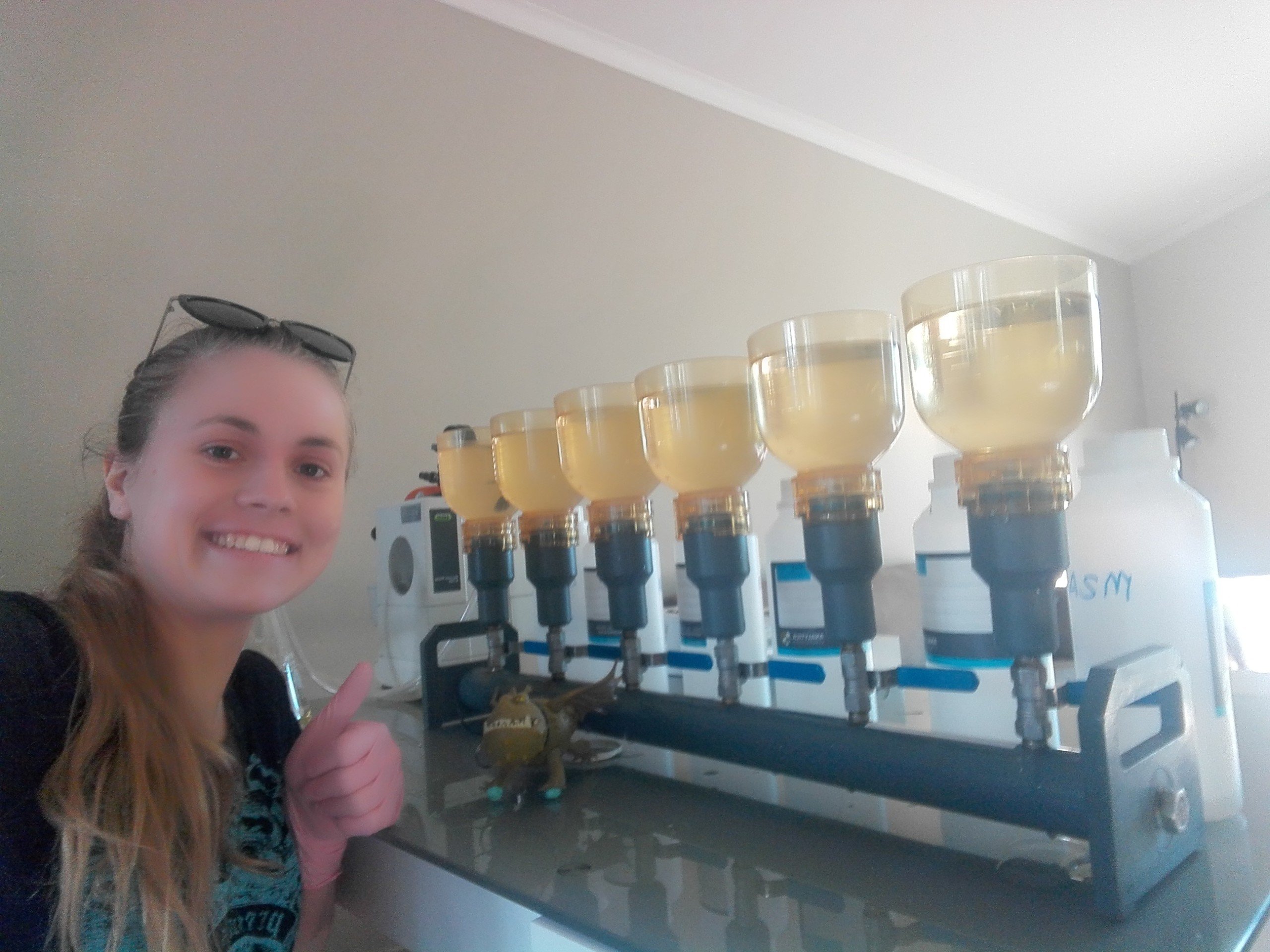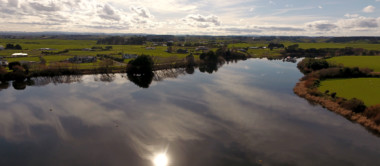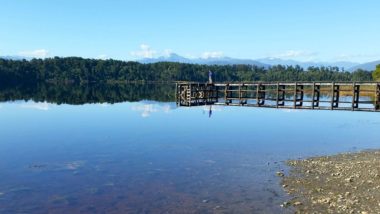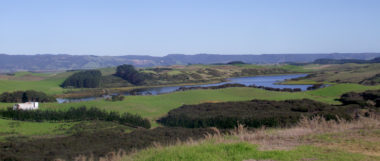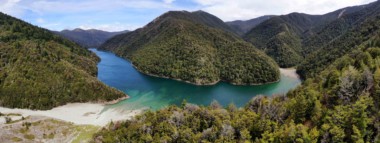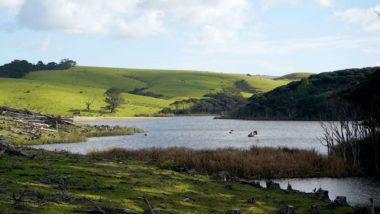How is fish eDNA distributed in lakes ? What type of sample – water or sediment – should we take? How many sites? How many samples?
These are all common questions when designing a robust sampling plan for eDNA in lakes.
Our latest paper from Maïlys Picard and colleagues explored these questions in small shallow lakes. The results from the study and the method they used can help created the optimal sampling design tailored to your lake and fish species of interest. You can read the paper here.
The team showed that fish shed DNA throughout our study lakes, even when there were not many of them. When fish numbers are low, many sites and replicates are needed to be sure that a particular species is present, but when numbers are high a couple of sites and replicates are sufficient.
Sediment samples were the best type of sample to detect fish in two of the three lakes, but in the third lake water samples were better – they think this is due to differences in sediment chemistry. Sampling location only made a difference in the biggest and deepest lake, where sediment shore samples were better to detect perch.
